movements in architecture - test 1
1/95
There's no tags or description
Looks like no tags are added yet.
Name | Mastery | Learn | Test | Matching | Spaced |
|---|
No study sessions yet.
96 Terms
gobekli tepe
located in modern day turkey; the first ritual site
extremely massive features, solid, megalith t-stones, circular in nature
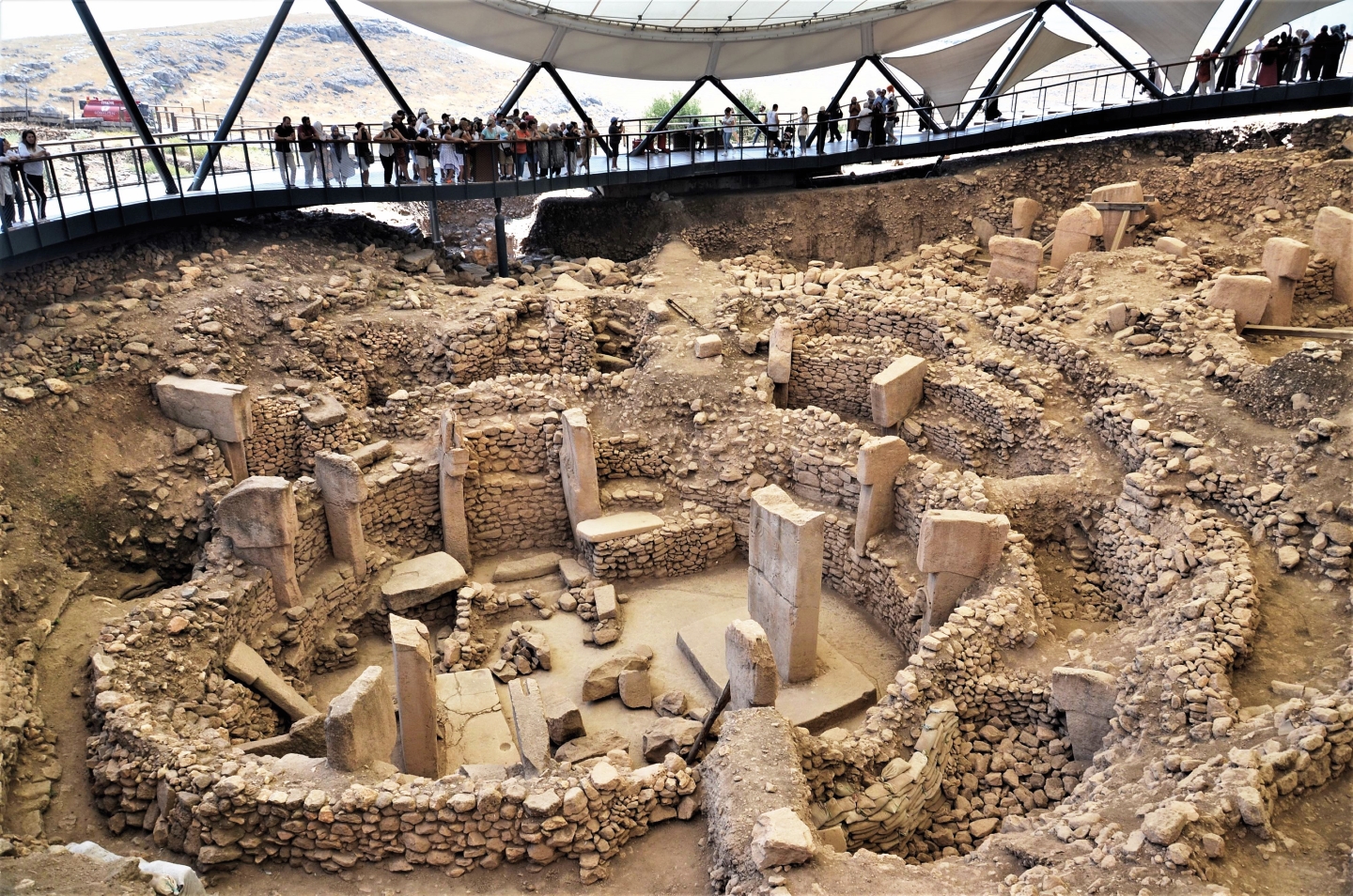
catal huyuk
features: shared walls, cemeteries within the structures, wooden roofs and stucco finishes
offered protection from the world
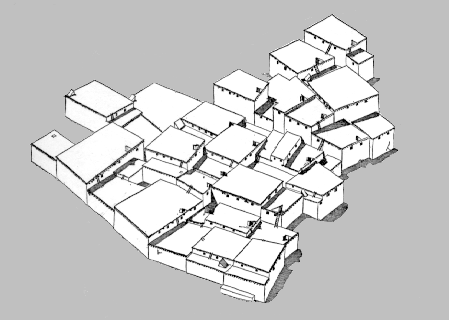
stonehenge
located in england and curated 3000-2000 BC; utilizes the post and lintel system
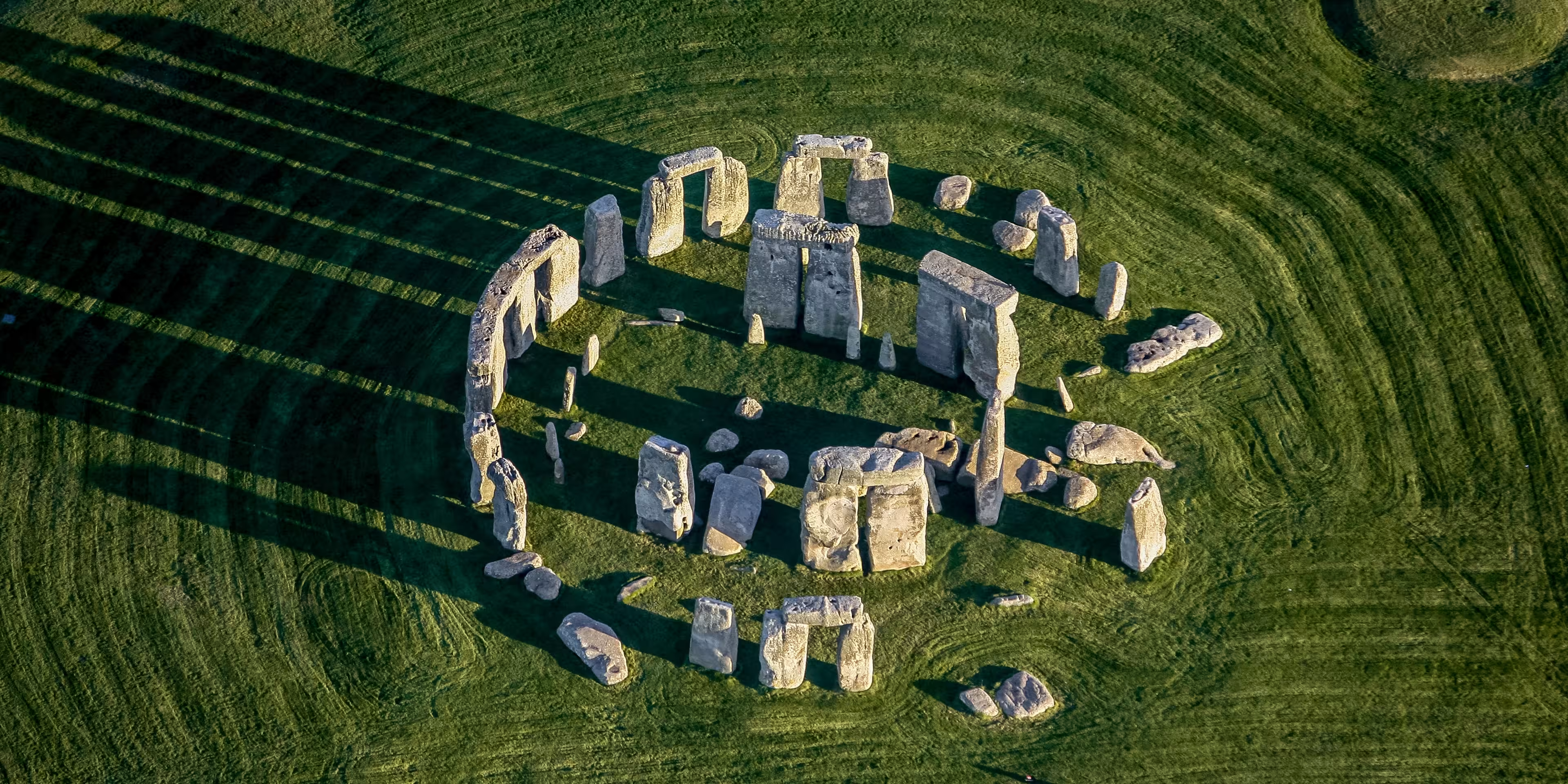
djoser/zoser pyramid
curated in early dynastic egypt; this structure influences the idea of pyramids later on
known as a stepped pyramid - utilized for the dead; made out of limestone, instead of mudbricks which were typical of mastabas
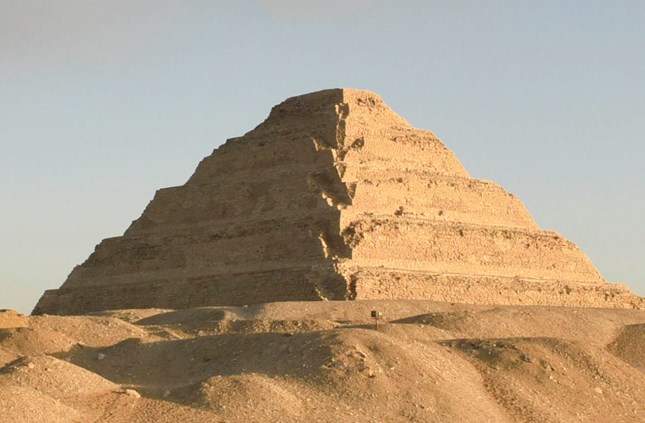
ziggurat at ur
from ancient babylon and assyria
features: rectangular structures in which each level’s size decrease as you move up vertically, a central axis/staircase, and side angles
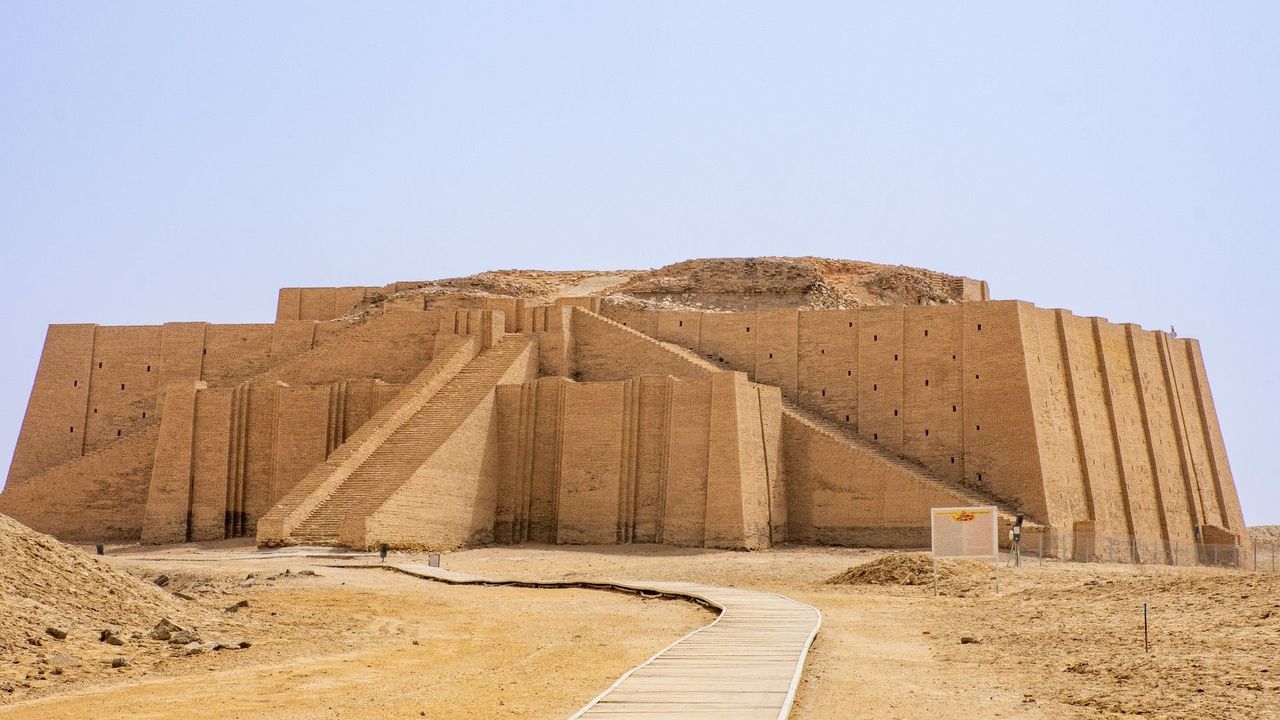
queen hatshepsut’s mortuary temple
located in the mountain ranges of thebes, in the west bank of the nile river
features a similar central axis to the ziggurats, but also has clerestory windows and a hypostyle hall; adorned with carvings and the like
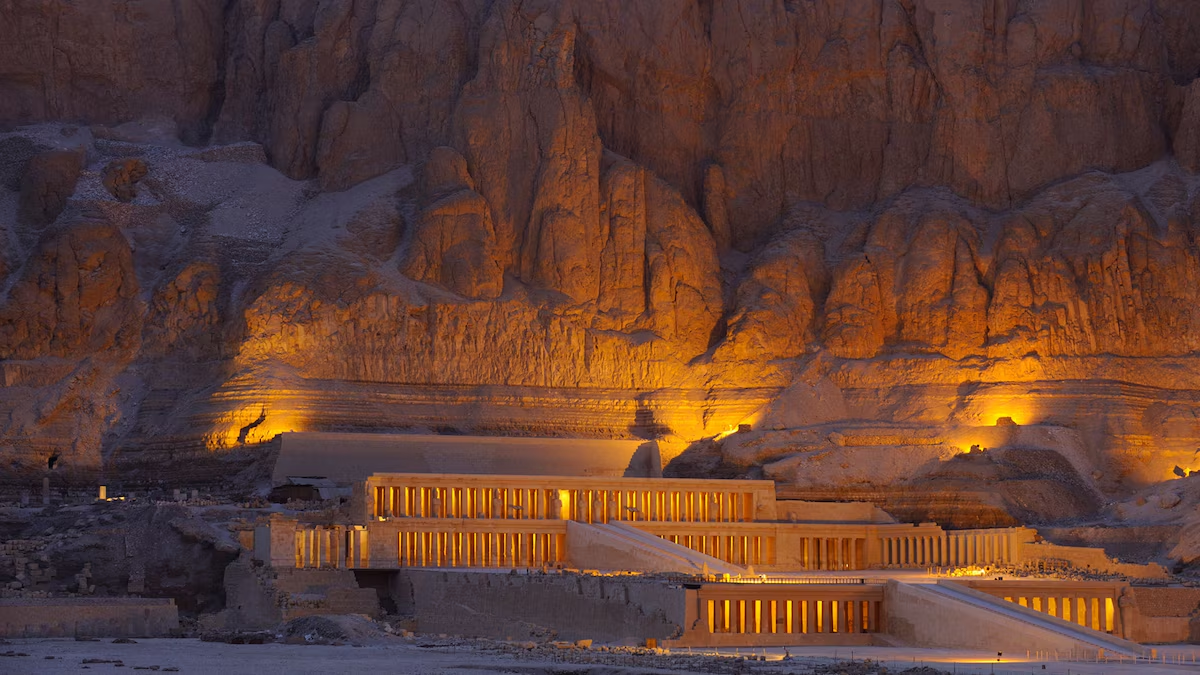
temple at karnak
located in egypt; ranging from 2055 BC - 100 AD
features grand processional ways, obelisks, and babylonian or mesopotamian features (square like, cubic, etc.)
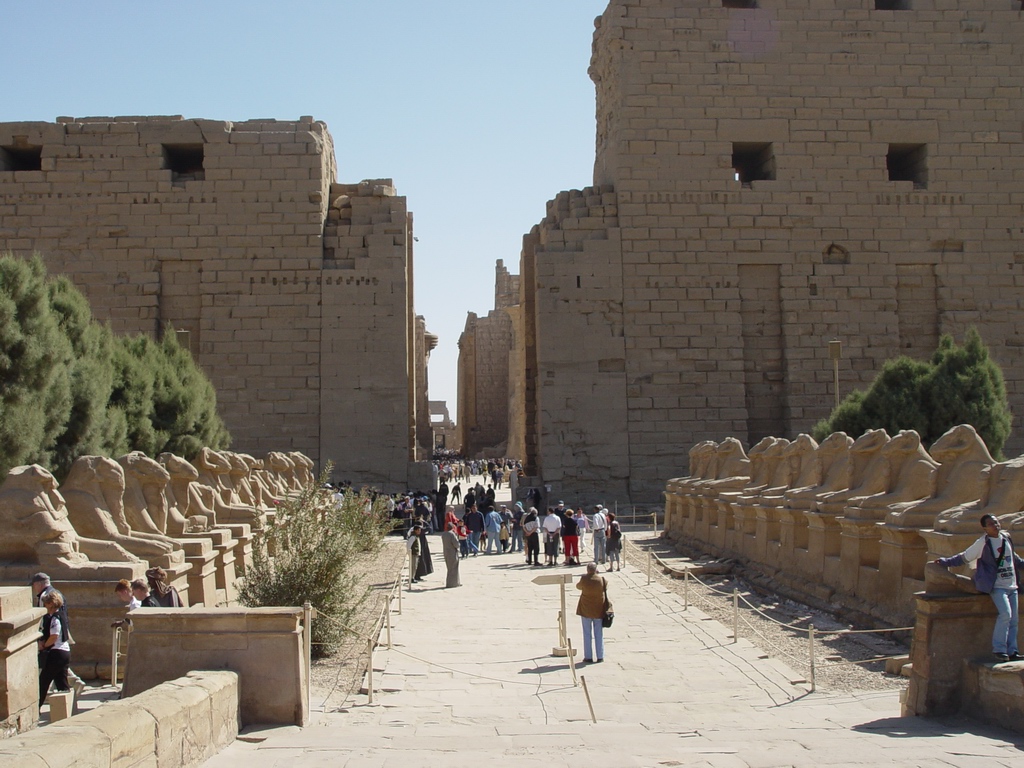
temple at abu simbel - colossal statues of ramses ii
located in egypt; in the mountains - the statues pictures span abt 72 ft
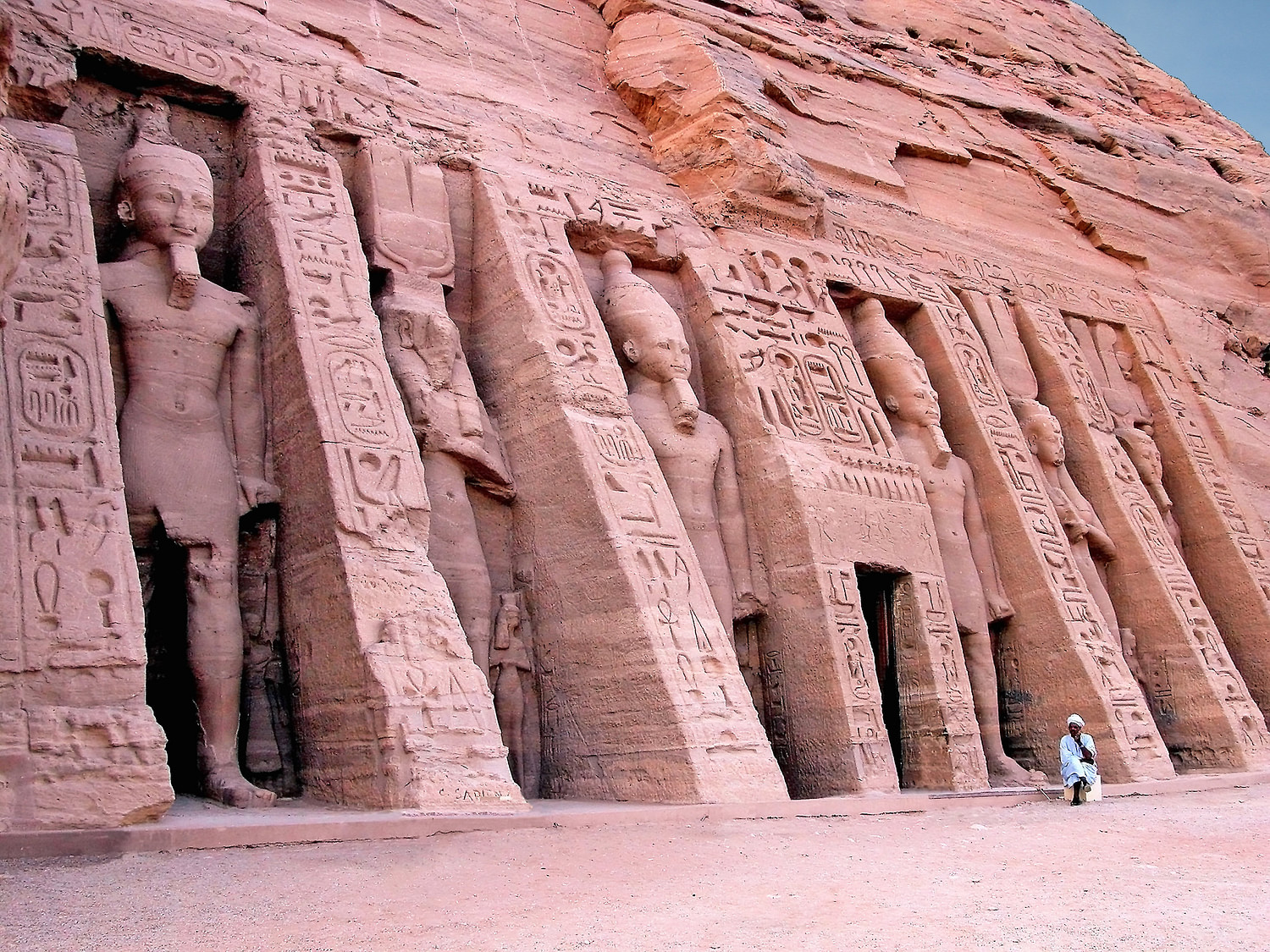
palace of knossos at crete
palace of king minos; located in crete
features huge, central structures built with stone and stained with reds, ocures, and blues (think frescoes) here
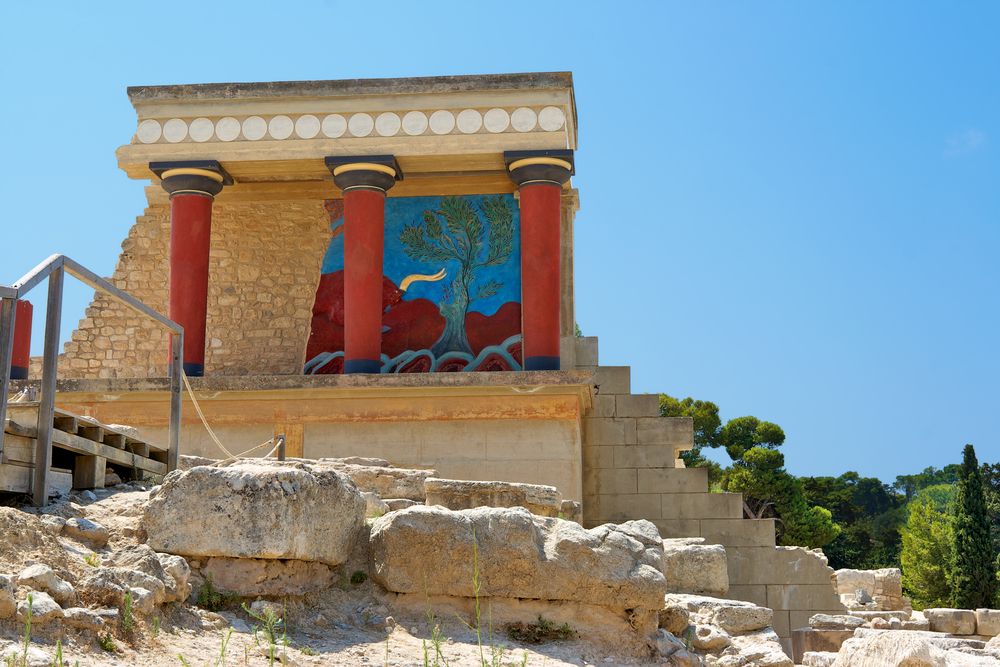
queen’s megaron and bull leaping frescos
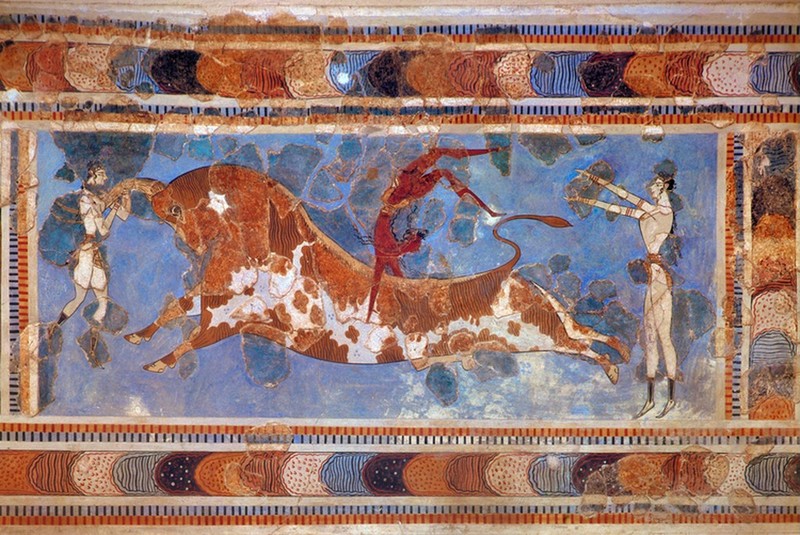
la venta and the monumental head statue
curated by the olmec people in mesoamerica - architecture featured a lot of glazed brick in patterned, tile pathways; the presence of mounds correlate to the need to decorate

partthenon
located in athens, greece; can be entered in from anywhere
features include a fully columnated, single gabled roof with pediments on the front and back; has doric columns, of which are fluted and have block capitals
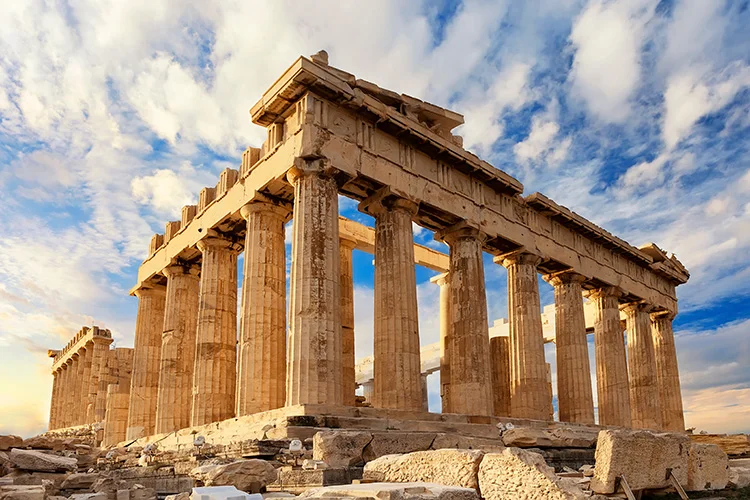
erechtheion
a greek structure - utilizes caryatids, columns that are statues of the human figure - in this case, they are women captured from babel
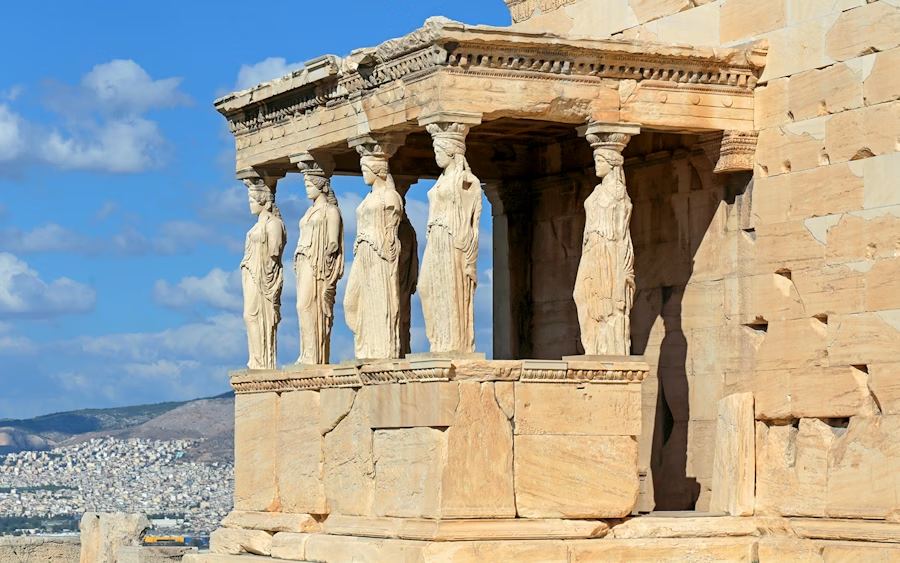
babylonian ishtar gate
from ancient babylon - whose architecture featured glazed brick in its heavily gated walls
this structure utilized the lapis lazuli as inspiration and showed motifs of gods along the wall - highlighted the city’s wealth
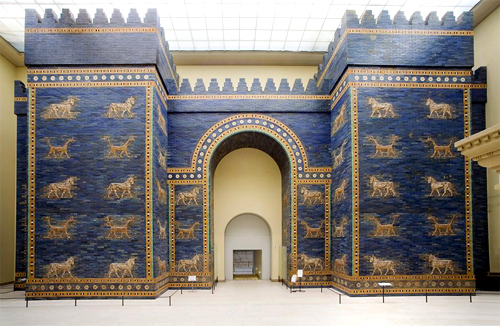
the roman forum and tabularium
the center of life in roman civilization - first developed for military defense and efficiency, this city landscape had integrated civil services with innovative ways to move water through aqueducts
it featured the records office, curated in 78 BC in the area - set the tone for other tribute columns to be there
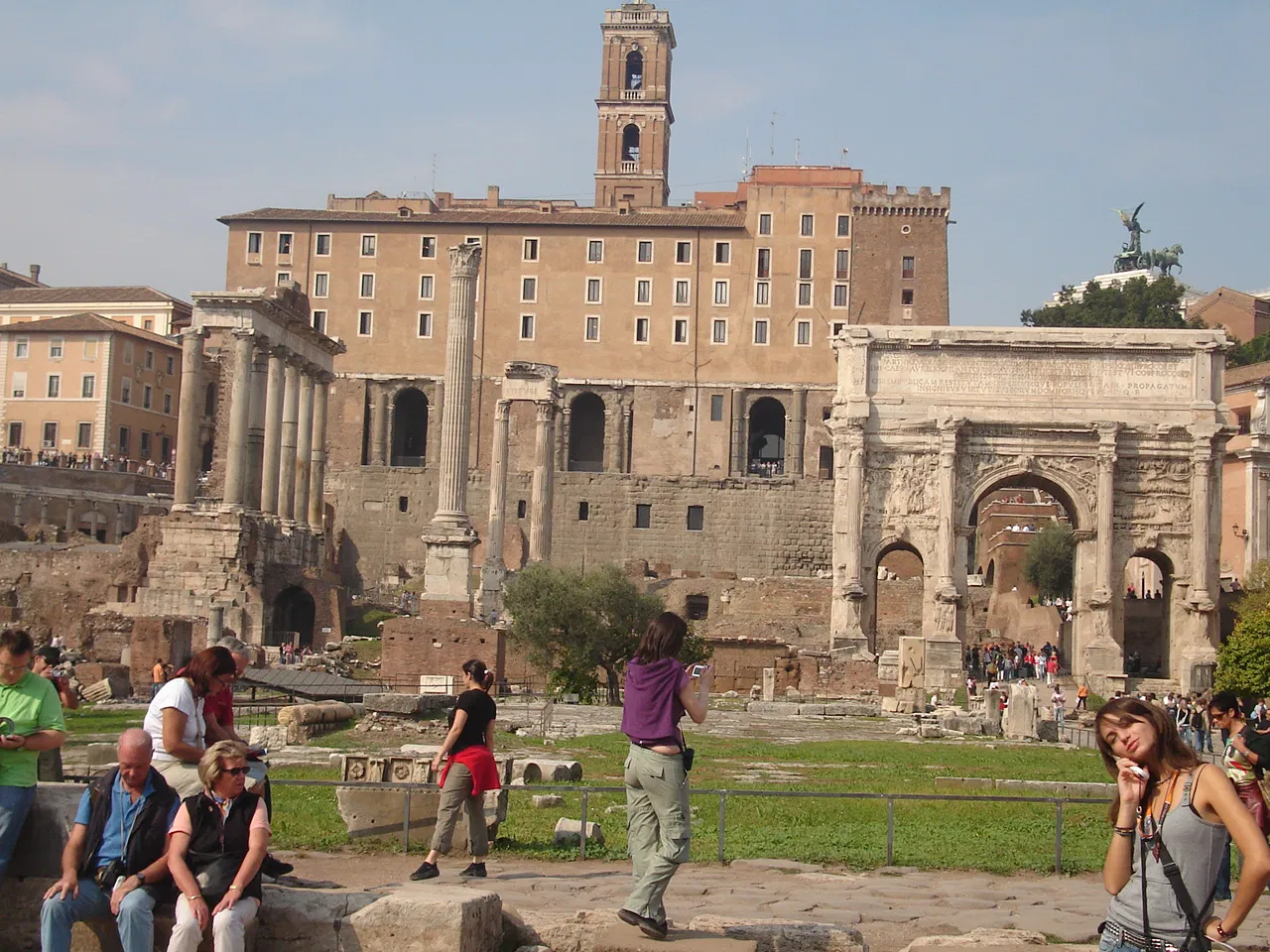
maison caree
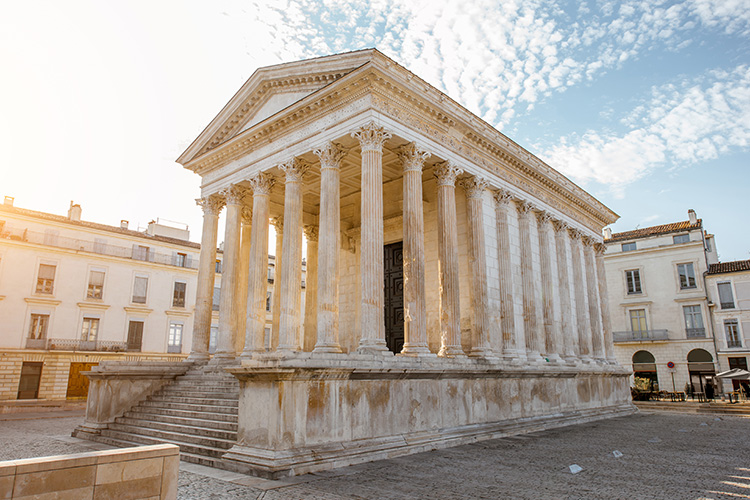
pantheon
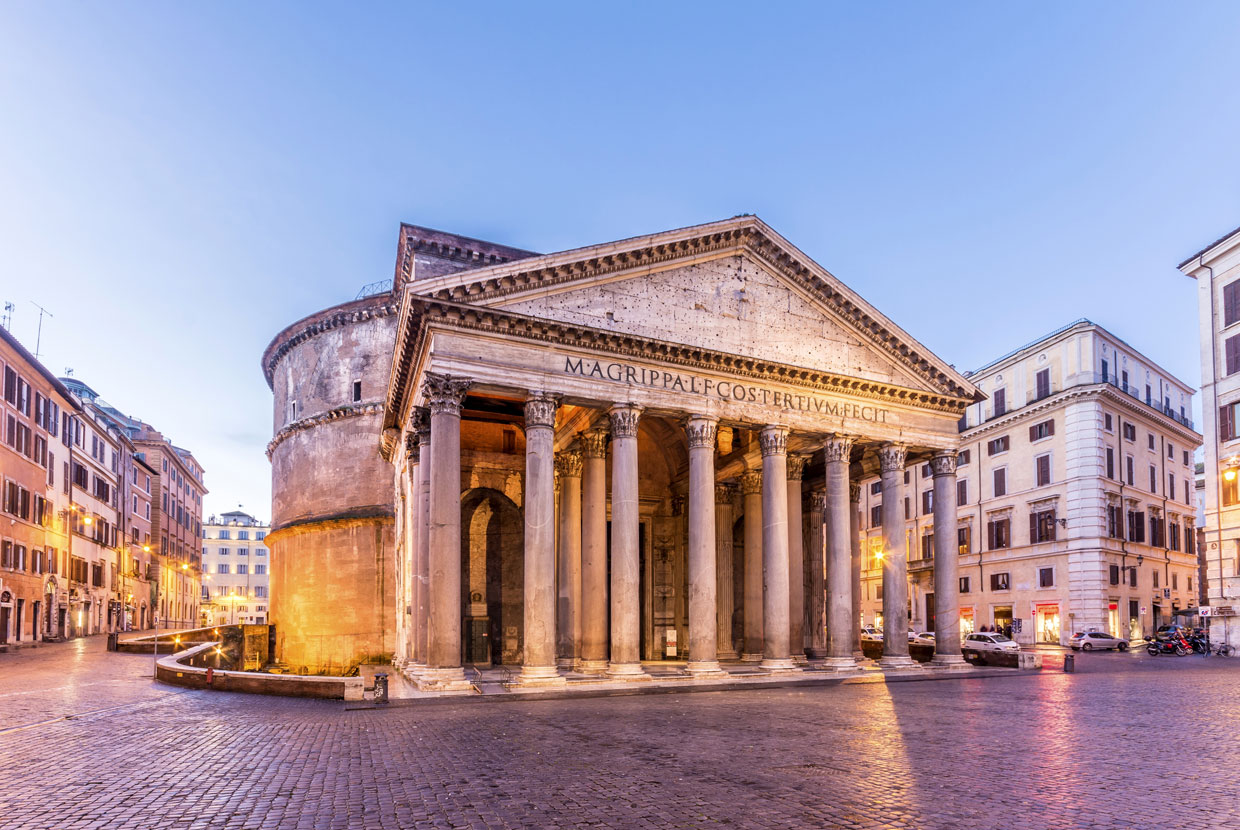
roman colosseum
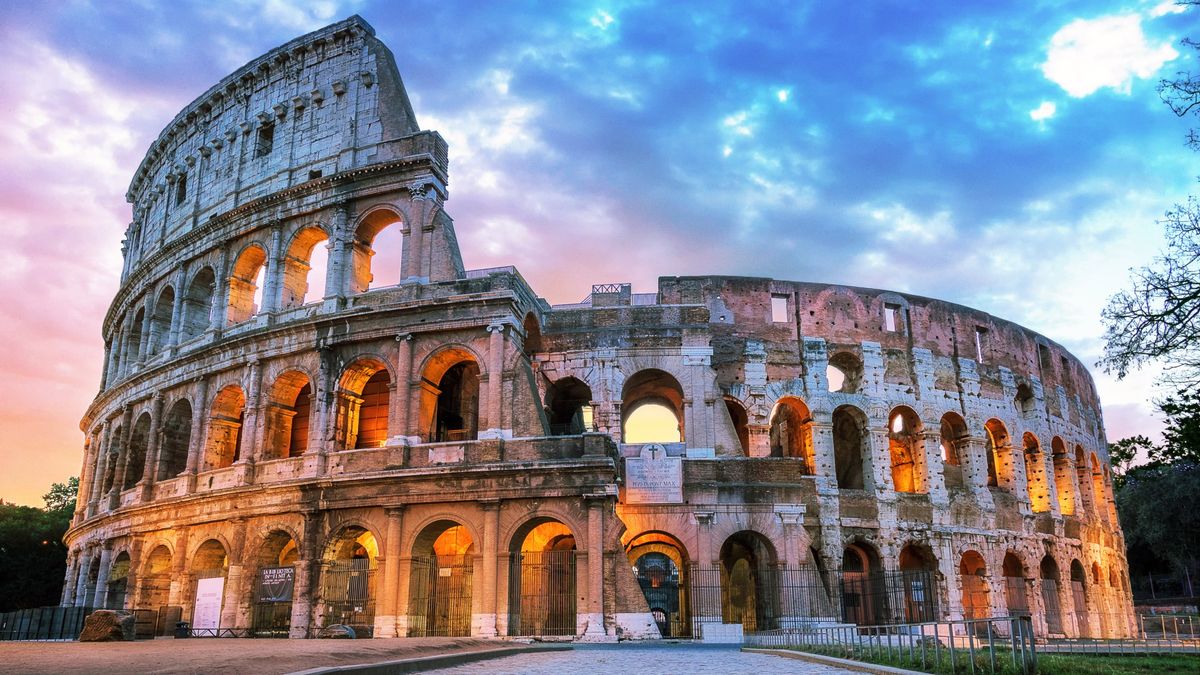
arch of constantine
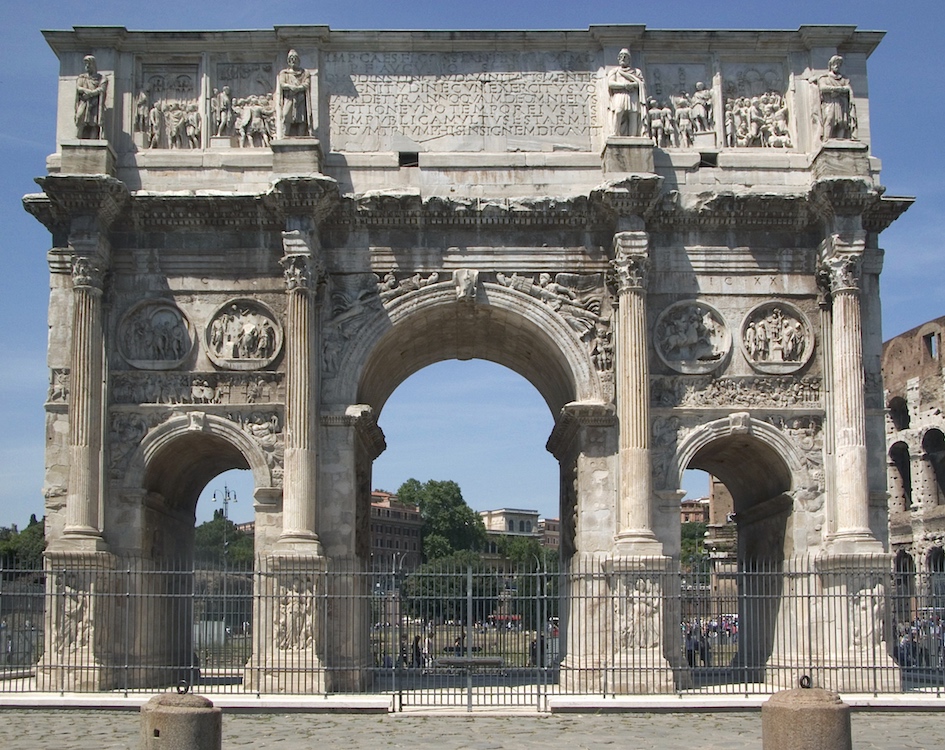
baths at carcalla
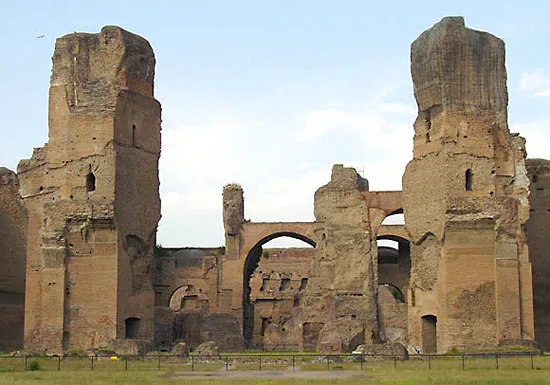
teotihuacan - temple of quetzalcoatl and talaloc
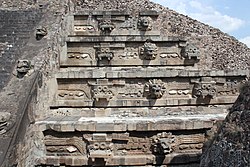
ajanta caves
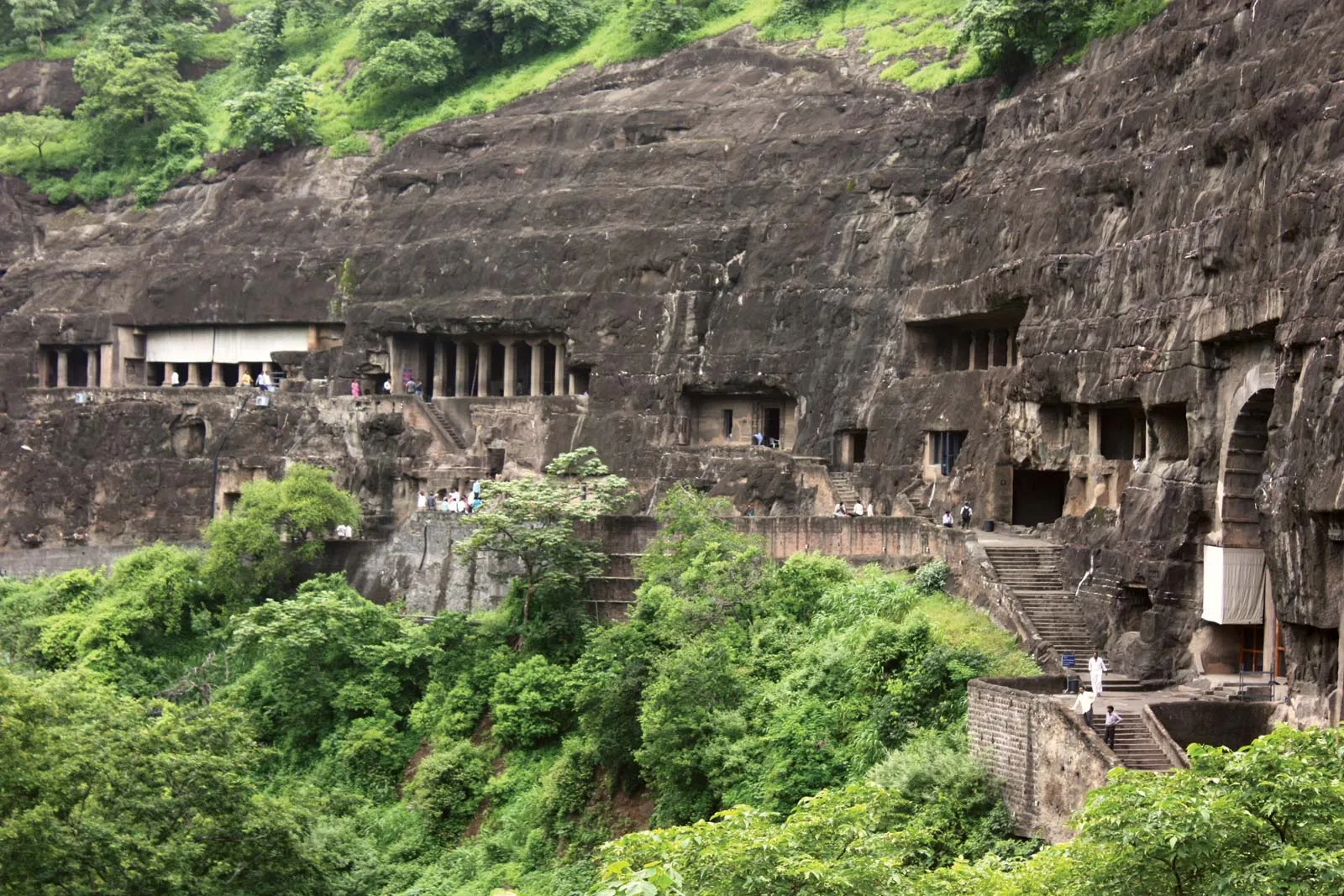
chaitya hall
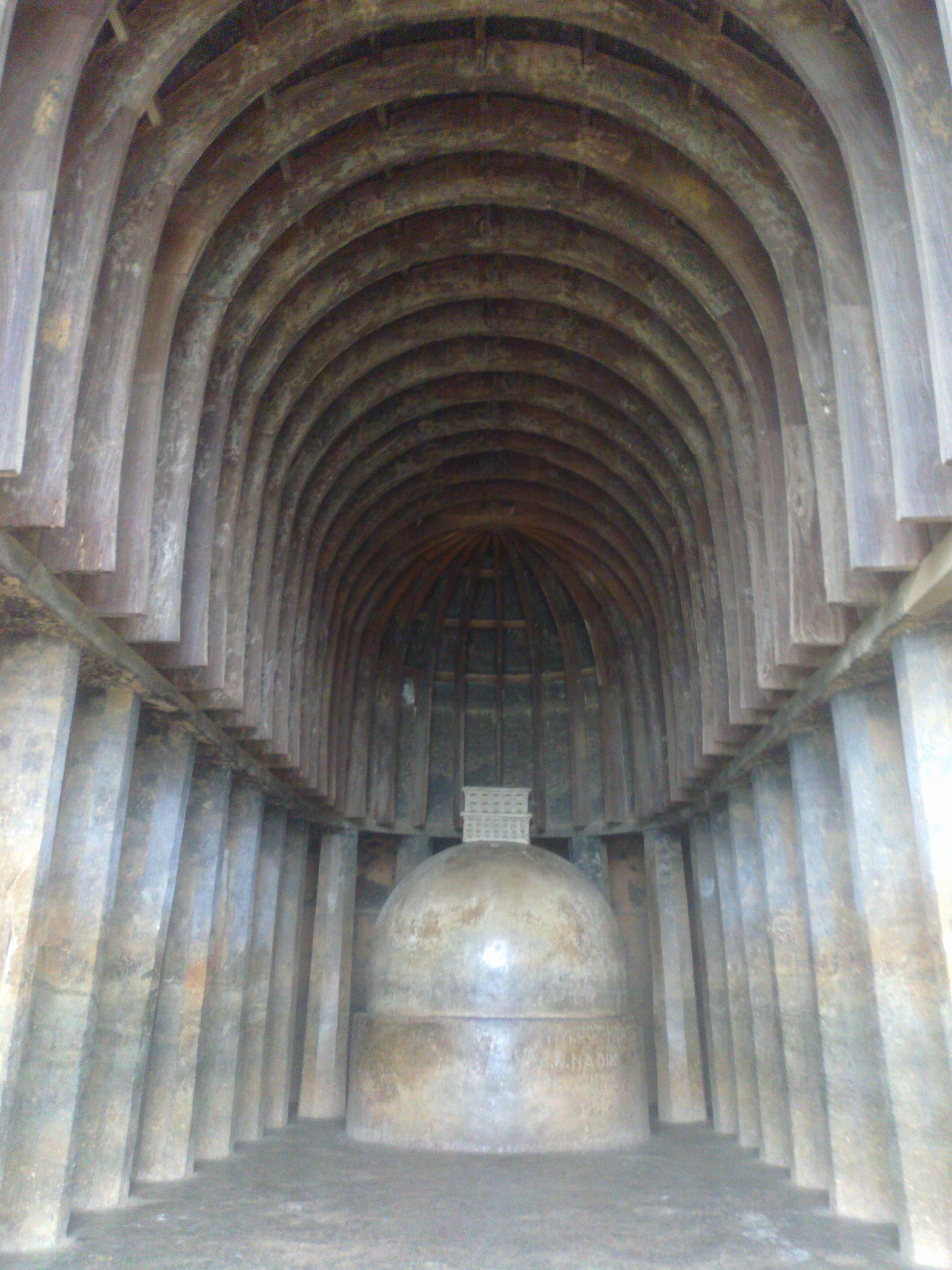
taq-i kisra in ctesiphon
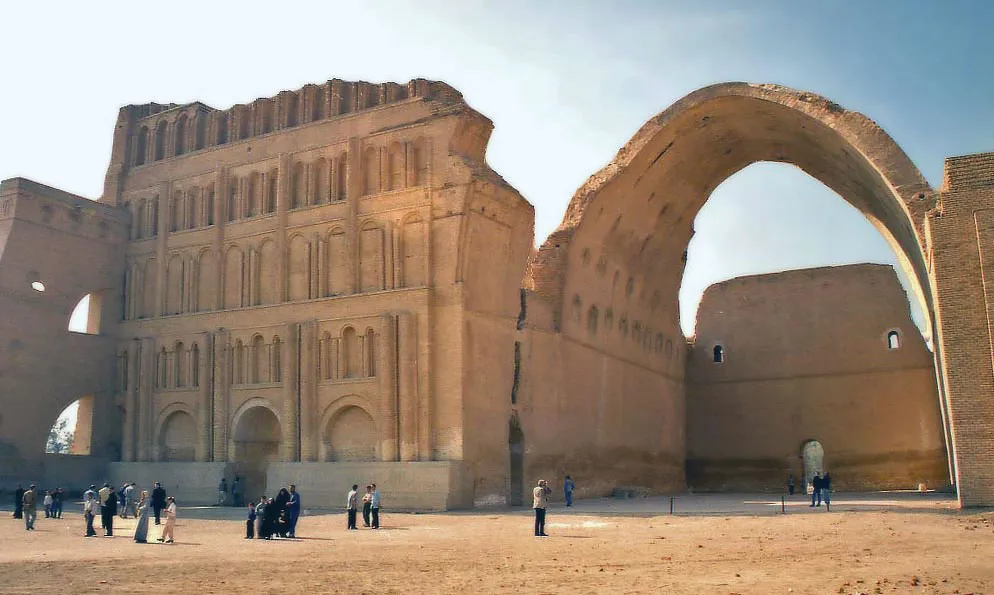
theodoric the great’s ravenna baptistery
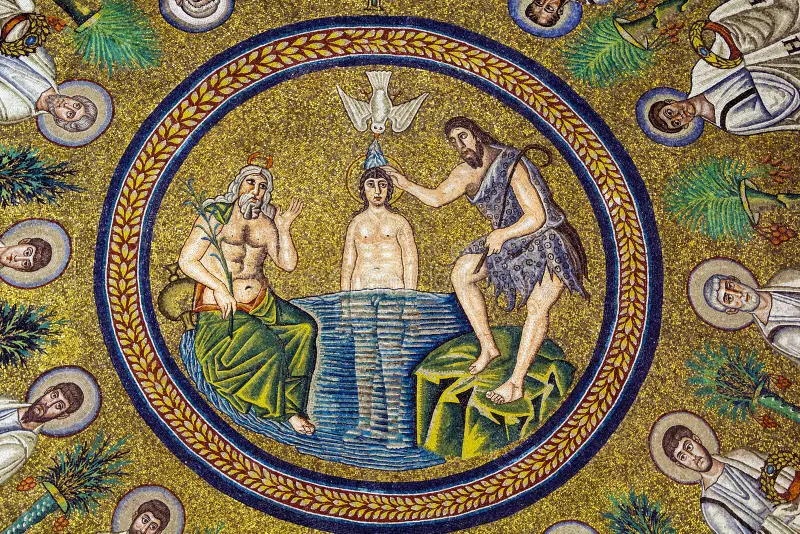
hagia sophia
located in istanbul and was curated by justinian i; a greek orthodox church that becomes a mosque
features a mix of biblical and islamic motifs; features a large central dome that lies on a pendentive system, giant buttresses for support, ribbed and vaulted ceilings, lots of gold
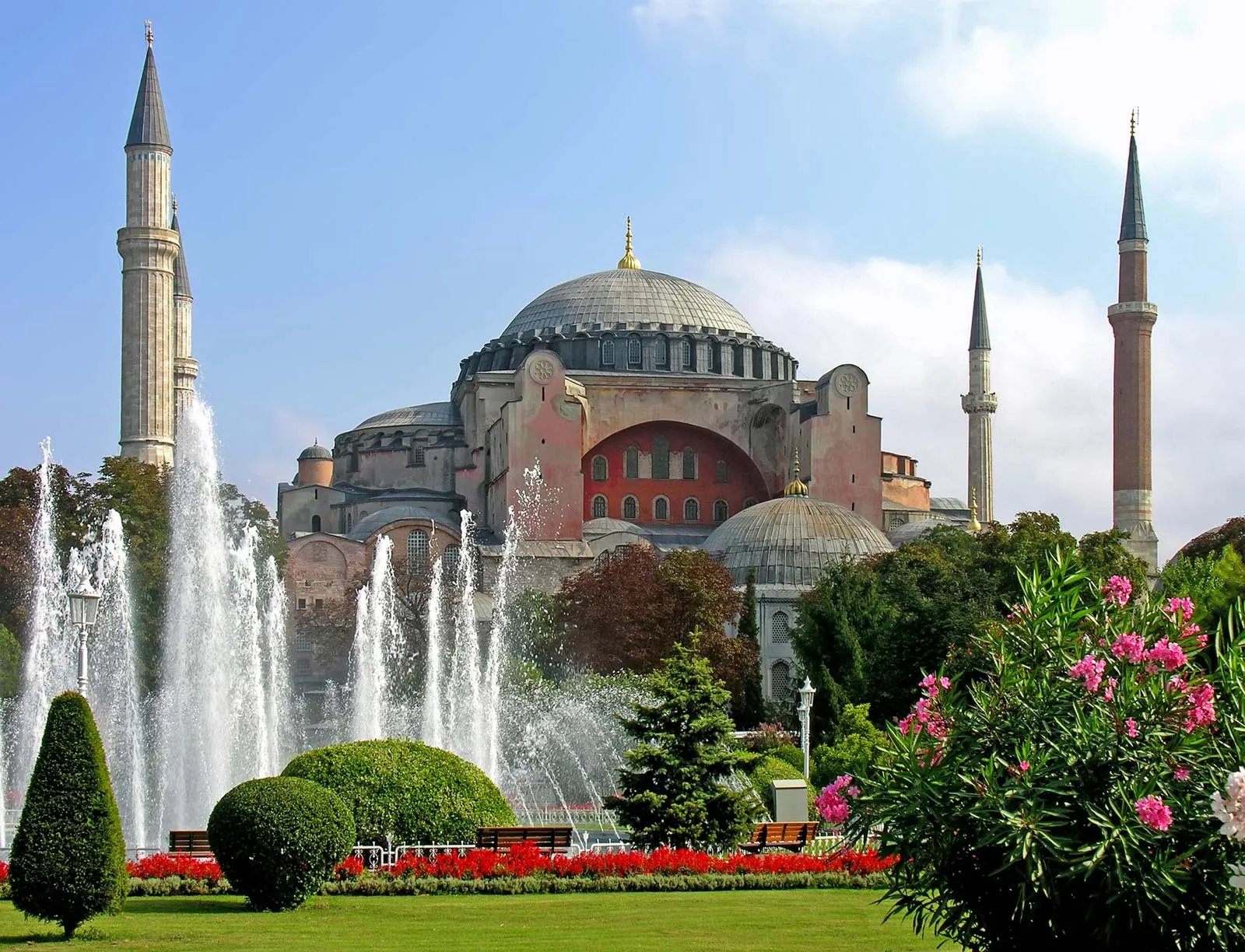
hanyuan hall
from the tang dynasty in imperial china; such is the layout of the emperor’s house and consists of three great halls
features a central entryway, high platforms, covered walkways, and lots of wooden post and lintel systems that would support the curved roofs
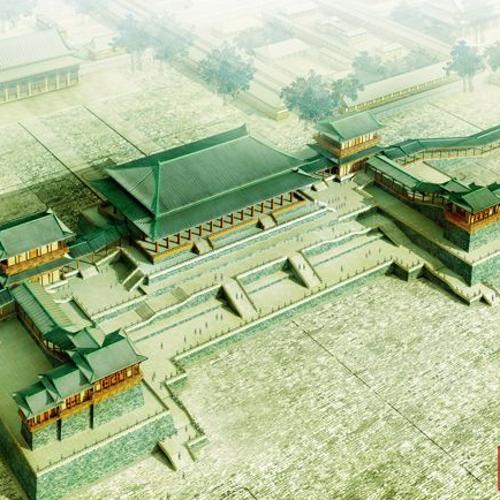
torii
traditional japanese gates that would lead to the entrance of shinto shrines - could be wooden or stone
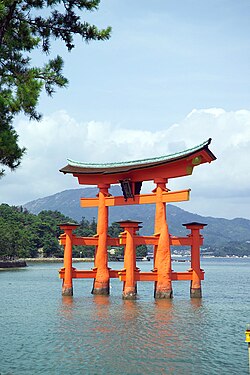
horyuji temple
located in nara, japan; the only surviving buddhist monastery that has remained untouched in the area
contains a five story pagoda, a fully columnated walkway with gates, a chumon or main entryway, and the kondo, which is the main hall - in this case, the structures, though wooden, survived; also, has a kodo - which was used for meeting
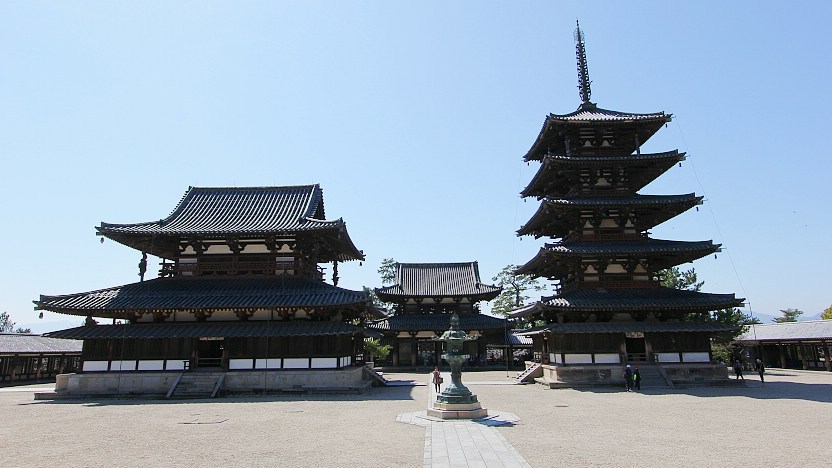
the great mosque at cordoba
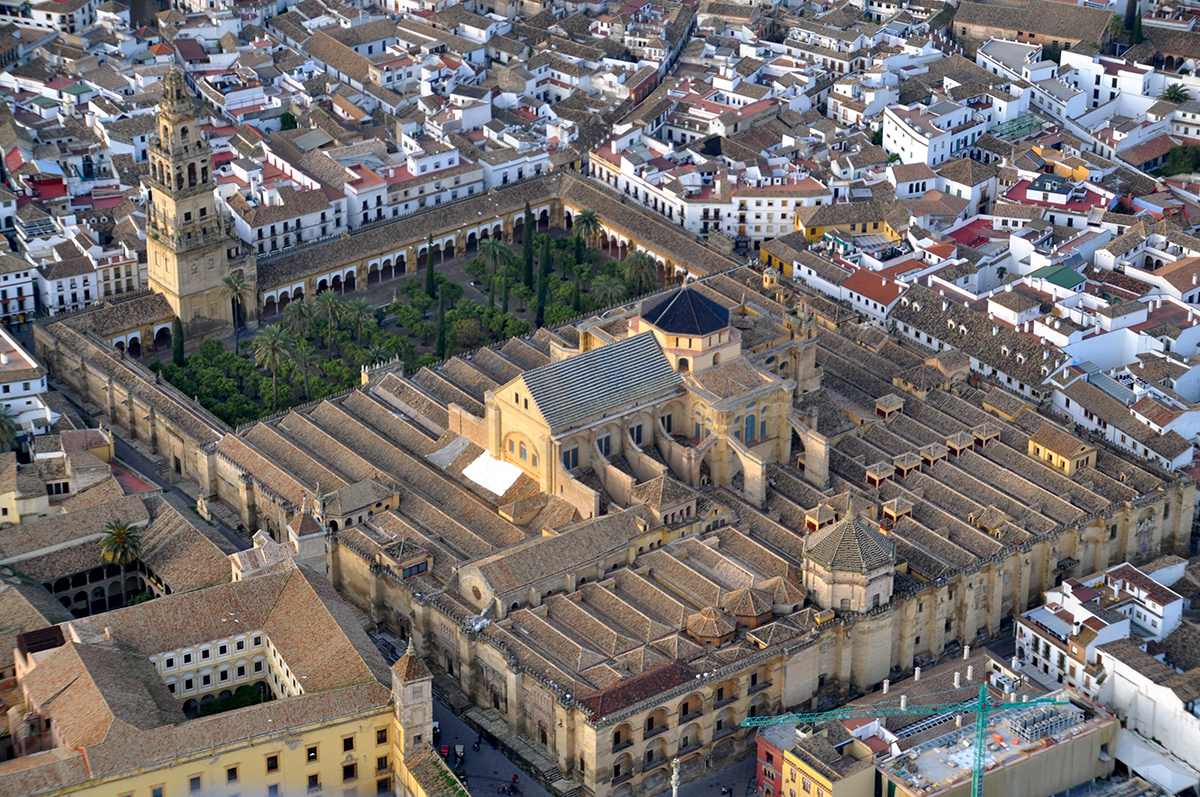
dome of the rock
located in jerusalem and curated between 687-691 AD; established where the first temple was built
features an octagonal structure with a central dome - which is supported by squinches, a golden dome, patterned and mosaic, has no figures within the structure
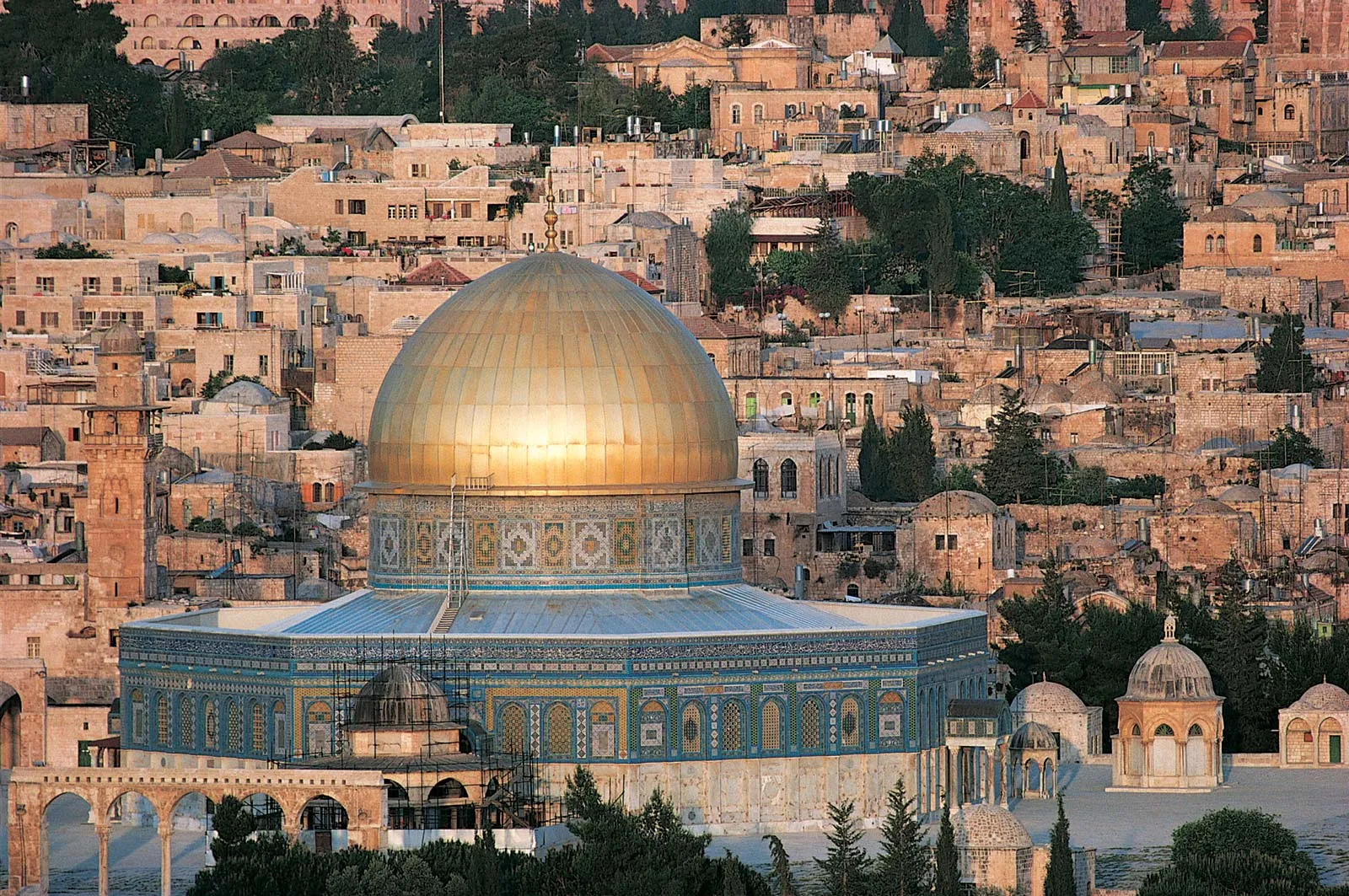
mayan temple of the magicians
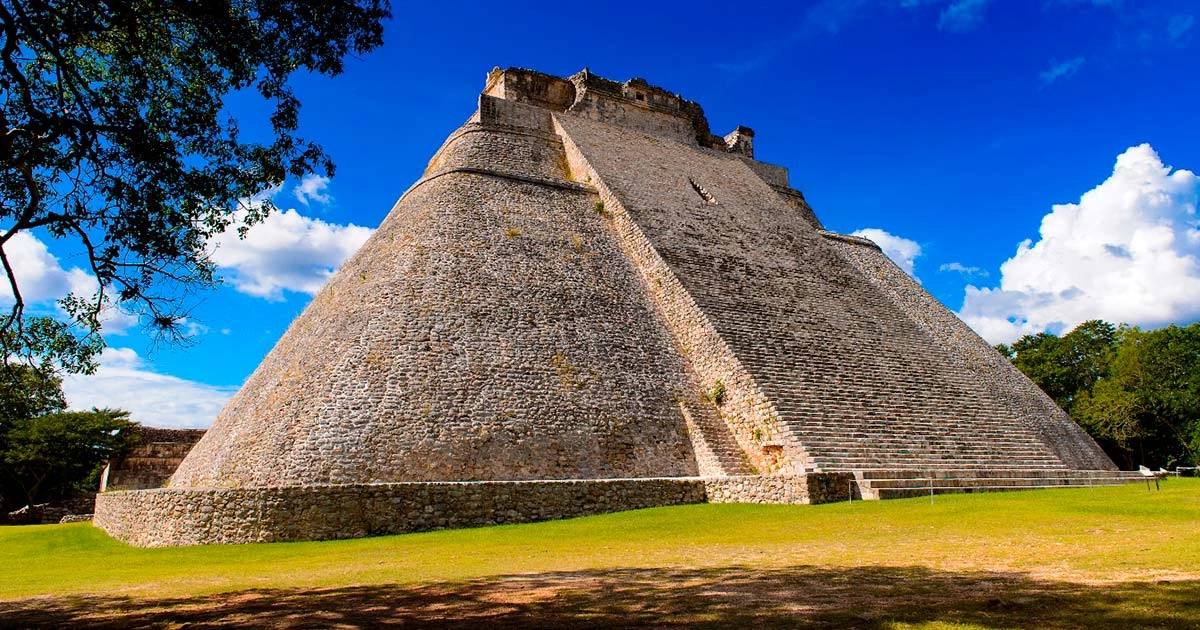
step wells
elaborate structures that would hold water during the rainy season - instituted during the rajput kingdoms (800-1000 AD) and commissioned mainly by women
this is subterranean architecture that is multi-stoned, some may have wheels or pulley systems
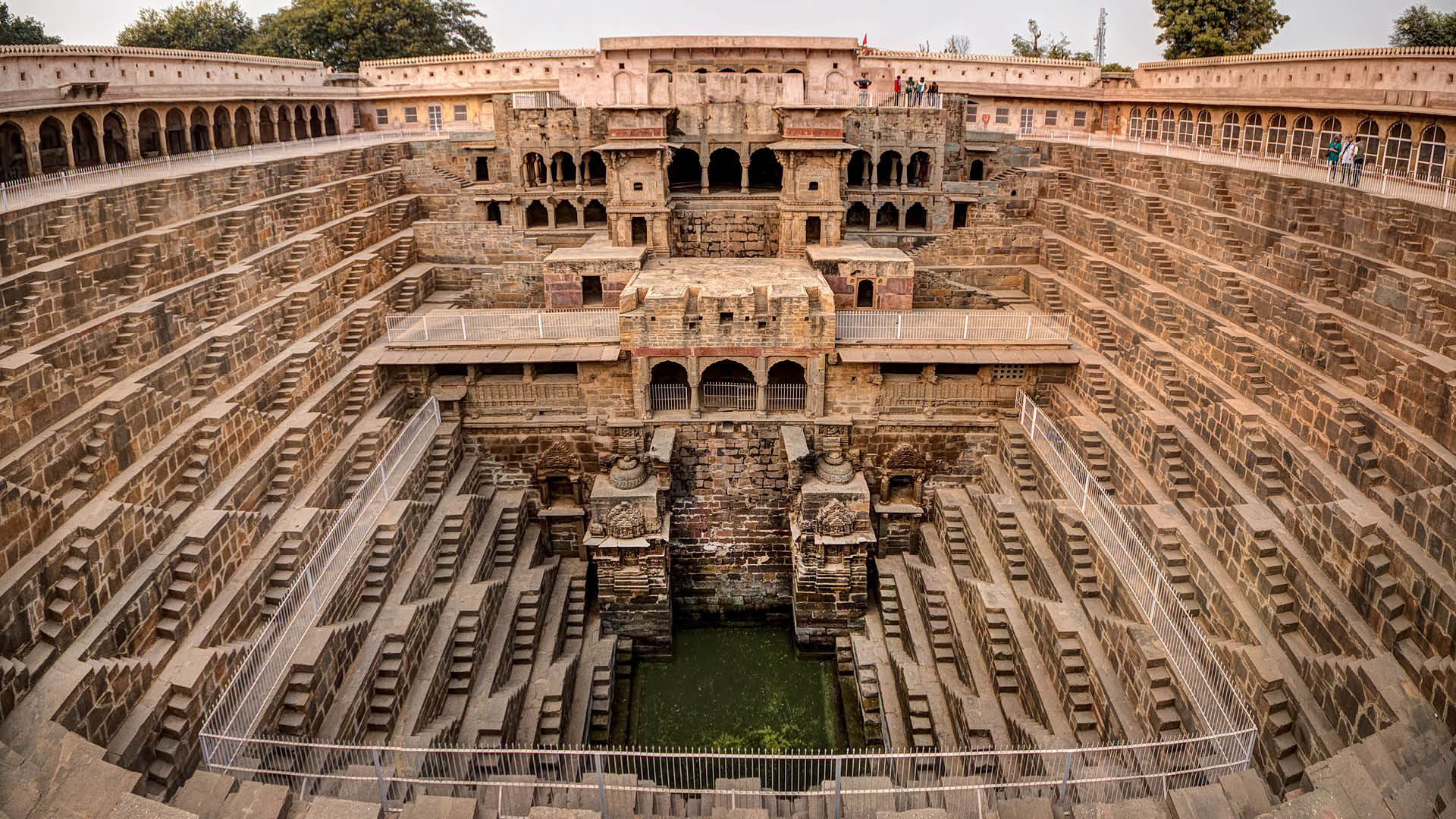
the iron pagoda
developed by the song dynastic period (960-1279 AD) in china; located in kaifeng
features 104 working bells, an octagonal structure that utilizes dugong bracketing and glazed tiles, and is a wooden structure
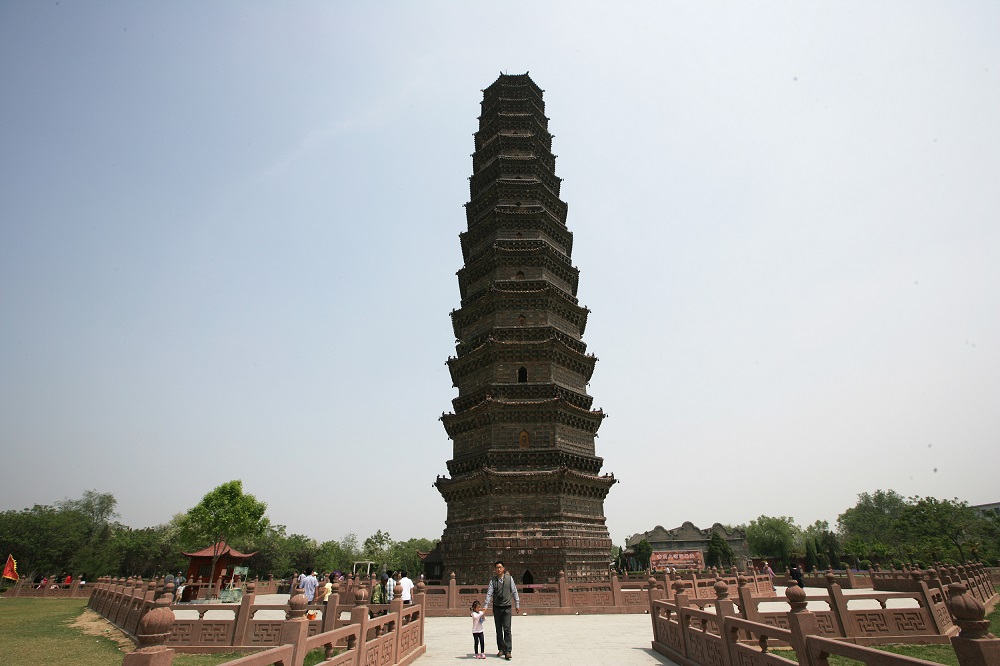
lakshmana temple
developed by the chandella dynasty (950-1025 AD) as one of the many temples built during their reign.
featured high platforms; tall, mount
ain like images, and was designed to be a model of the universe - and has an east to west entrance layout
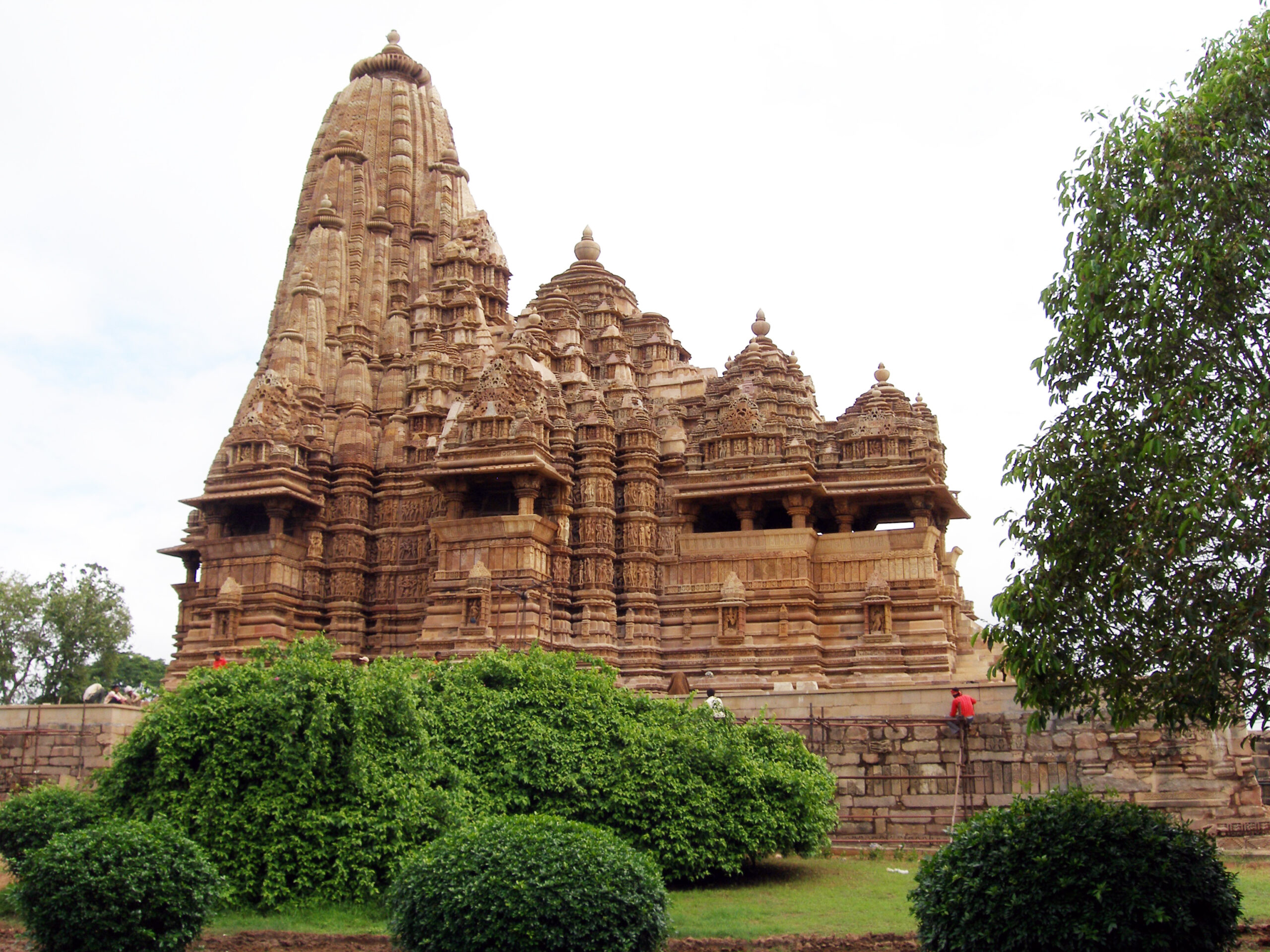
phoenix hall
located in byodo-in, japan - marks a new religious shift, where others can practice aristocracy buddhist principles without living in a monastery
shaped similarly to a phoenix using ‘flying’ eaves, uses lots of water in its design, and has dougong joints - made up of bamboo and terracotta
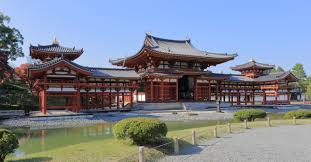
canterbury cathedral
located in england; looks gothic but mainly due to remodeling; uses wider buttressing that turns into flying buttresses
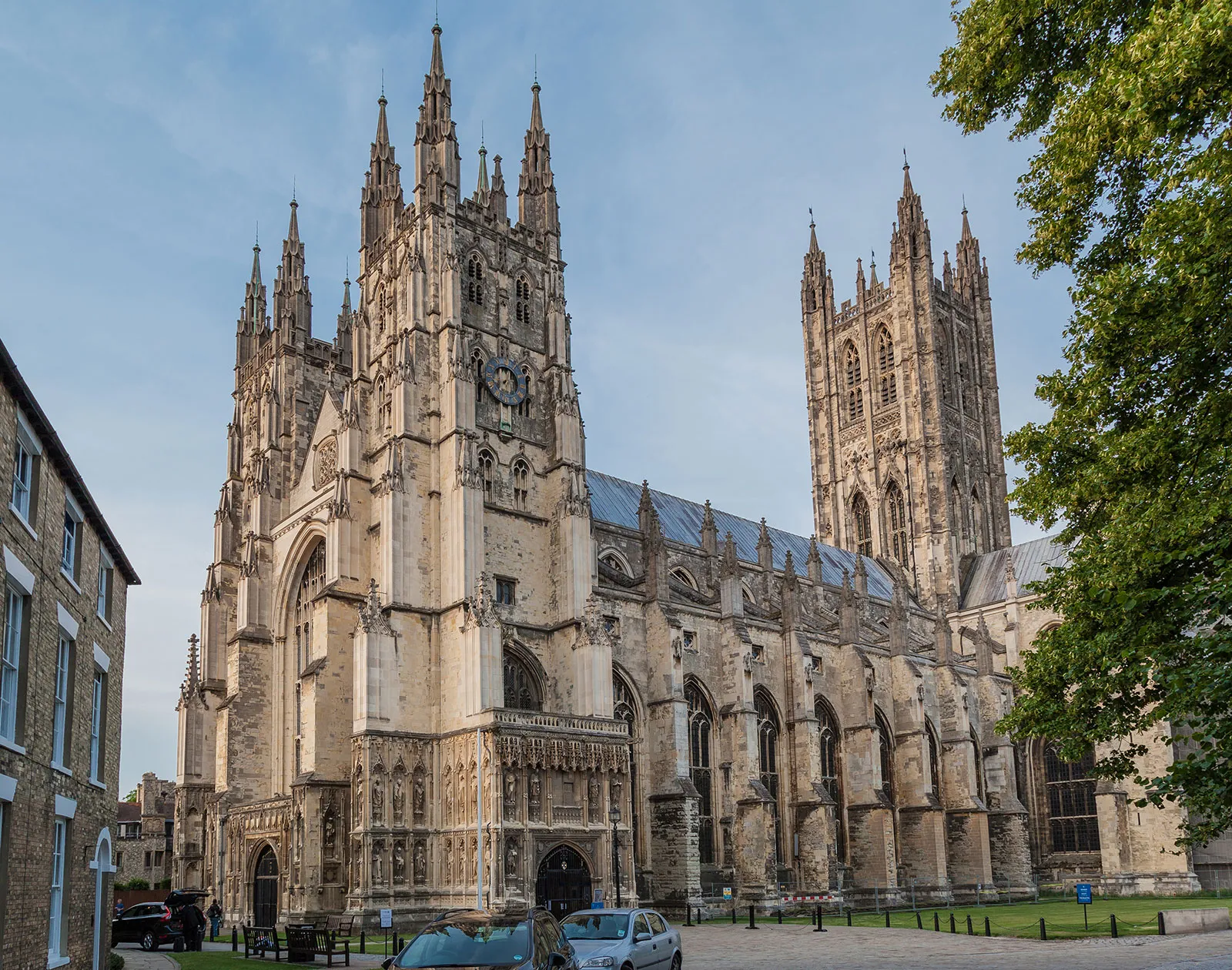
santiago de compostela
located in santiago, spain; a pilgrim site
features lots of carvings and begins off really romanesque, but the arches present start to point little by little; features the roman portals and has a trumeau
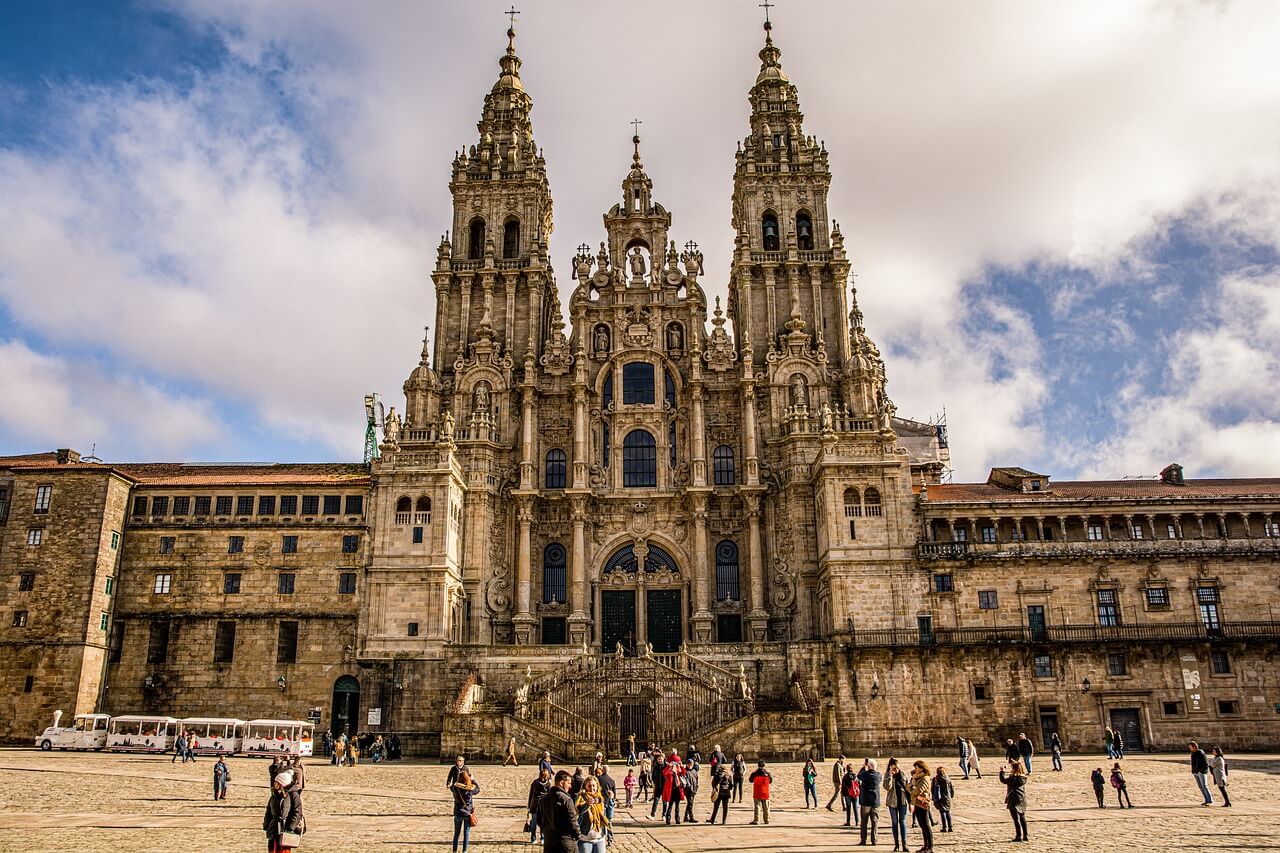
pisa cathedral
located in pisa, italy; an extremely classical structure
features bell towers and baptistry, white marbling with alternating colors, and doming
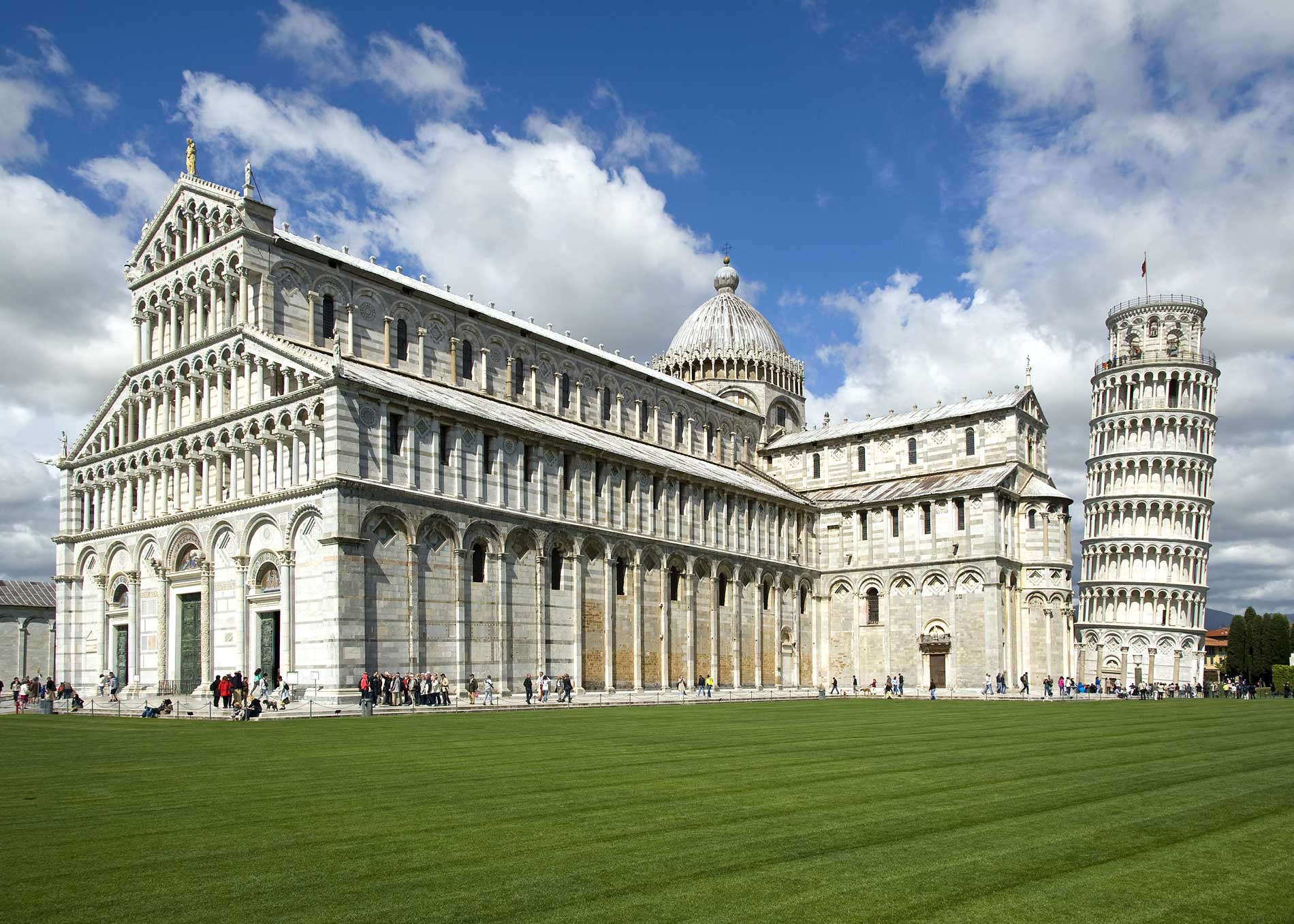
acroterion
blocks or flat pedestals resting on the apex and on the lowest ends of the triangular pediment to support statues or carved ornaments
aisle
the portion of a church or basilica that parallels or encircles major sections; longitudinal divisions of a church
apse
a semicircular or polygonal projection of a building, usually vaulted and used especially at the sanctuary or the east end of a church to define the space for an altar - where the auditor speaks
ambulatory
an aisle encircling the end of the choir or chancel of a church, originally used for processions
archivolt
one of the parallel curved, and often decorated, mouldings on the inside of an arched opening; an arch set immediately inside a larger arch; a band or moulding that surrounds an arch
barrel vault
a vault having a semicircular cross-section
coffer
any of a number of recessed, usually square or octagonal panels in a ceiling, soffit, or vault
clerestory
the uppermost section of a gothic nave characterized by a series of large windows rising above adjacent rooftops to admit daylight to the interior
caldarium
the room in an ancient roman bath containing hot water
caryatid
a sculpted female figure used as a column, especially in ancient greece
cella
latin for the greek word naos; the principal chamber or enclosed part of a classical temple where the cult image was kept
caitya hall
a buddhist shrine in india, usually carved out of solid rock on a hillside, having the form of an aisled basilica with a stupa at one end
catenary arch
the curve formed when a chain of uniform density hangs
chandela
a hindu dynastic family from 950 - 1025 AD - responsible for the construction of over 80 temples, like the lakshmana and the khandariya mahadera
chumon
the middle gate between the main gate and the sacred area of a buddhist temple
dougong joint
a bracket system used in traditional chinese construction to support roof beams, project the eaves outward, and support the interior ceiling
frigidarium
the room in an ancient roman bath containing unheated water
frieze
the horizontal part of a classical entablature between the cornice and architrave, often decorated with sculpture in low relief; a decorative band, as one along the top of an interior wall immediately below the cornice, or a sculpted one in a stringcourse on an outside wall
fluting
a decorative motif consisting of a series of long, rounded parallel grooves, like those on the shaft of a classical column
groin vault
a compound vault formed by the perpendicular intersection of two vaults, forming arched diagonal arrises called groins
garbhagriya
translated as the ‘womb chamber’ - the innermost sanctum of a hindu temple where the main deity resides
hypostyle hall
of or pertaining to a hall having many rows of columns carrying the roof or ceiling; a grand meeting room with columns - the central ones being higher to allow light opening for light entrance
hieroglyphics
a stylized picture or an object representing a word, syllable, or sound, as found in ancient egyptian and other writing systems
impluvium
the sunken part of the atrium in a greek or roman house
kodo
a lecture hall in japanese architecture
kiva
a square-walled underground chamber used by native americans for spiritual ceremonies
lintel
a beam supporting the weight above a door or window opening
loculi
translated as ‘little place’ - an architectural compartment or niche that houses a body, as in a catacomb, hypogeum, mausoleum, or other place of entombment
minoan
a pre-greek civilization - located on the sea and their architecture, through aquatic-inspired frescos, highlights that; named after king minos
mingtang
‘bright hall,’ a ritual structure in chinese architecture that serves as the symbolic center of imperial power - first presumed to have been built under the zhou dynasty in the first millennium
megaron
a building or semi-independent unit of a building typically having a rectangular principal chamber with a center hearth and a porch, often of columns in antis - traditional in greece since mycenaean times and believed to be the ancestor of the doric temple
minaret
a lofty, slender tower attached to a mosque with stairs leading up to one or more projecting balconies from which the muezzin calls the faithful to prayer
mihrab
a niche or decorative panel in a mosque designating the qibla
muqarnas
a system of decoration in islamic architecture created by the intricate corbeling of brackets, squinches, and inverted pyramids - sometimes wrought in stone, it is more often found in plaster
mandapa
a large, porchlike hall leading to the sanctuary of a hindu or jain temple and used for religious dancing and music
nave
the principal or central part of a church extending from the narthex to the choir or chancel and usually flanked by aisles
narthex
the portico before the nave of an early christian or byzantine church, appropriate for penitents; and entrance hall or vestibule leading to the nave of a church
oculus
a circular opening, especially one at the crown of a dome
pediment
the low-pitched gable enclosed by the horizontal and raking cornices of a greek or roman temple; a similar or derivative element used to surmount the major division of a facade or crown an opening
post
the vertical columns that support the lintels in a structure
peristyle
a colonnade surrounding a building or a courtyard
portico
a porch or walkway with a roof supported by columns, often leading to the entrance of a building
pendentive
a spherical triangle forming the transition from the circular plan of a dome to the polygonal plan of its supporting structure
pagoda
a buddhist temple in the form of a square or polygonal tower with roofs, projecting from each of its many stories, erected as a memorial or to hold relics
purlin
a longitudinal member of a roof frame for supporting common rafters between the ridge and eaves
quibla
the direction toward which muslims face to pray, specifically the ka’aba at mecca in saudi arabia; the wall in a mosque in which the mihrab is set, oriented to mecca
stylobate
a course of a masonry forming the foundation for a new row of columns, especially the outermost colonnade of a classical temple
squinch
an arch or corbelling built across the upper inside corner of a square tower to support the side of a superimposed octagonal structure
shikhara
the tower of a hindu temple, usually tapered convexly and capped by an amalaka
tympanum
the recessed triangular space enclosed by the horizontal and raking cornices of a triangular pediment, often decorated with sculpture; a similar space between an arch and the horizontal head of a door or window below
triumphial arch
a memorial arch commemorating the return of a victorious army, usually in the line of march during its triumphal procession
tabularium
located in ancient roman cities - the records office that held state archives and bronze tablets of laws; curated in 78 BC
tepidarium
a room of moderately warm temperature in an ancient roman bath between the frigidarium and the caldarium
talud/tablero
the sloping panel beneath the rectangular panel in mexican architecture
torii
derived from torana - the gateway in japanese architecture
trumeau
a section of wall or a pillar between two openings, especially a pillar dividing a large doorway in a church
voussoir
any of the wedge-shaped units in a masonry arch or vault that has side cuts that converge at one of the arch centers